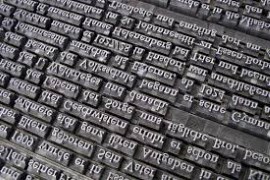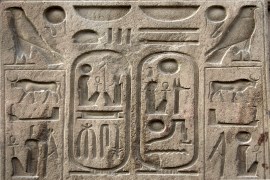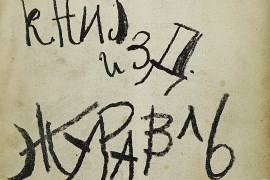Livre | Chapitre
Introduction
phenomenology, modernism and the crisis of modernity
pp. 1-39
Résumé
In his course notes on Edmund Husserl's "The Origin of Geometry,' the French phenomenologist Maurice Merleau-Ponty draws upon Husserl when characterising his own notion of the "chiasm' as "Verflechtung,' which, as Leonard Lawlor notes, "is translated into French as entrelacement or enchevêtrement, and into English as "interweaving" or "entanglement."'1 One might pause for a moment and wonder about these translations, since verflechtung in German stems from flechten, meaning to braid. There is a difference between weaving and braiding. Weaving uses two distinct sets of elements: warp threads and weft threads. Weft threads can be on a shuttle to weave in and out of the warp threads. While the warp and the weft remain separate in weaving, in a braid the thread works as both the weft and the warp. Braiding structures are produced by crossing three or more strands in various zigzagging ways so that the warp becomes the weft and vice versa: there are no distinct sets of elements.2 This zigzagging or trading of strands, which can be laces or twines, can also be referred to as interlacing or intertwining.
Détails de la publication
Publié dans:
Mildenberg Ariane (2017) Modernism and phenomenology: literature, philosophy, art. Dordrecht, Springer.
Pages: 1-39
DOI: 10.1057/978-1-349-59251-7_1
Citation complète:
Mildenberg Ariane, 2017, Introduction: phenomenology, modernism and the crisis of modernity. In A. Mildenberg Modernism and phenomenology (1-39). Dordrecht, Springer.










